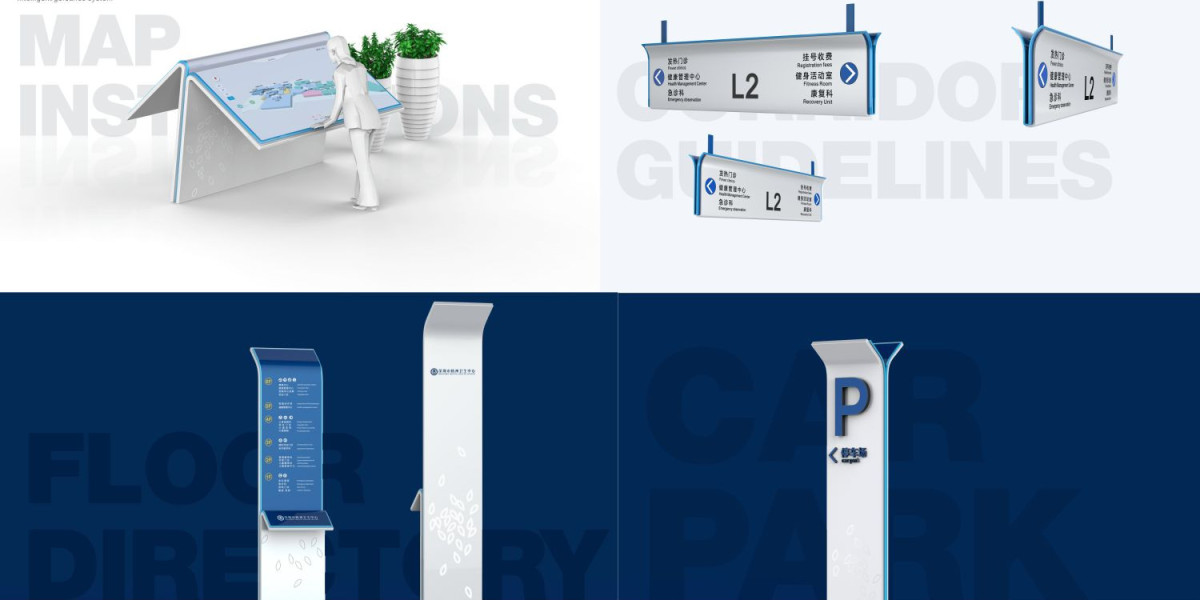Investment casting, also known as lost-wax casting, is a manufacturing process that allows for the production of highly precise and intricate metal parts. It is an age-old method that has evolved significantly over the years to become one of the most reliable techniques for producing metal components with exceptional detail and high-quality finishes. This process involves creating a wax model of the desired part, coating it with a ceramic shell, and then melting the wax away to leave a hollow mold, which is filled with molten metal to form the final part. The resulting metal part exhibits high dimensional accuracy, fine surface finishes, and complex geometries that are otherwise difficult to achieve with other traditional casting methods. In this article, we will explore how investment casting enhances precision and quality in metal parts, and why it is a preferred choice in industries such as aerospace, automotive, and medical device manufacturing.
The Process of Investment Casting: An Overview
Investment casting begins with the creation of a detailed wax pattern that mirrors the final design of the part. This pattern is then repeatedly dipped into a ceramic slurry, followed by the application of fine sand to build a strong ceramic shell around the wax model. Once the shell has hardened, the entire assembly is heated to melt the wax, leaving behind a hollow ceramic shell. This mold is then preheated and filled with molten metal, which solidifies inside the shell, forming the desired part. The shell is later broken away, revealing a metal part with intricate details and high precision.
The key advantage of this method lies in its ability to produce complex geometries and fine details with minimal machining required. Since the mold is made from a ceramic shell that can be shaped precisely, the final part can achieve exceptional surface finishes and complex internal structures such as thin walls, intricate cavities, and undercuts. This is why investment casting is often the preferred choice for parts that require both high precision and durability, particularly in industries that demand high-performance materials, such as aerospace and medical devices.
Investment Casting and Its Role in Precision Engineering
One of the primary benefits of investment casting is its ability to achieve exceptional precision in metal parts. Unlike other casting methods, such as sand casting or die casting, investment casting offers a much higher level of accuracy and finer detail. The use of the wax model and ceramic shell mold allows for the creation of parts with tight tolerances and intricate designs that are difficult to replicate with other techniques. This makes investment casting an ideal solution for industries that require parts with strict dimensional requirements and minimal allowances for error.
In precision engineering, even the smallest deviation in part dimensions can lead to costly failures and reduced product performance. Investment casting helps mitigate these risks by providing a high level of control over the final dimensions of the part. The wax pattern is created with extreme accuracy, and the mold is capable of capturing even the finest details. This ensures that the final metal part meets the desired specifications and can be used in critical applications such as turbine blades, engine components, and orthopedic implants.
Superior Surface Finish and Quality Control
In addition to its precision, investment casting offers an exceptional surface finish, which is another key advantage in industries where aesthetics and performance are important. The ceramic shell used in the investment casting process creates a smooth, fine surface on the cast metal, reducing the need for additional machining or finishing operations. This is particularly beneficial in applications where the surface finish directly affects the performance of the part, such as in the aerospace and automotive sectors, where components must withstand extreme conditions while maintaining structural integrity.
Furthermore, the precision and quality control in investment casting help ensure that the final part meets high standards of performance and safety. The casting process allows manufacturers to create parts with minimal defects, reducing the likelihood of issues such as porosity, shrinkage, or cracks. With advanced quality control methods such as X-ray inspection, ultrasonic testing, and visual inspection, manufacturers can detect any imperfections in the cast parts before they reach the customer. This rigorous quality control process ensures that investment casting is an ideal solution for critical applications where part failure is not an option, such as in the aerospace, automotive, and medical industries.
Cost Efficiency in Complex and Small-Batch Production
While investment casting is often associated with high-precision and complex parts, it also offers significant cost efficiency, especially for small-batch production runs. The tooling costs associated with investment casting are relatively low compared to other casting methods such as die casting, which requires the creation of expensive molds. Since the investment casting process uses reusable wax patterns and molds, it is well-suited for producing small quantities of parts with intricate designs without the need for extensive retooling.
Additionally, investment casting is capable of producing parts with very little waste. The wax used to create the initial pattern can be reused in subsequent production cycles, and the ceramic shell can often be recycled or reworked. This not only reduces material costs but also minimizes the environmental impact of the production process. As a result, investment casting is an attractive option for manufacturers looking to balance high precision with cost-effective production methods, particularly when producing complex parts that would otherwise be difficult or expensive to make using alternative methods.
Applications of Investment Casting Across Industries
Investment casting is a versatile process that is used in a wide range of industries where precision, quality, and performance are paramount. One of the most prominent sectors benefiting from investment casting is aerospace, where components such as turbine blades, structural parts, and engine components are produced with high precision and reliability. The ability of investment casting to produce lightweight parts with complex geometries makes it ideal for reducing the weight of aircraft and improving fuel efficiency.
Similarly, in the automotive industry, investment casting is used to produce critical engine components, transmission parts, and exhaust systems. These parts require high strength and durability, as well as precise dimensions to ensure the proper functioning of the vehicle. Investment casting allows manufacturers to meet these stringent requirements while reducing the overall weight of the vehicle and improving its performance.
The medical device industry also benefits greatly from investment casting, particularly for the production of implants, surgical instruments, and prosthetics. In this sector, parts must be biocompatible, durable, and precise to ensure optimal performance and safety. Investment casting allows for the creation of highly detailed, custom components that meet these exacting standards. Whether it’s a titanium joint replacement or a precision surgical tool, investment casting ensures that these critical parts are produced with the utmost precision and quality.
Conclusion
Investment casting is an advanced and reliable manufacturing process that offers a range of benefits in terms of precision, quality, and cost efficiency. Its ability to produce highly detailed parts with tight tolerances and excellent surface finishes makes it the ideal choice for industries that require high-performance metal components, including aerospace, automotive, and medical device manufacturing. By minimizing waste, reducing tooling costs, and ensuring exceptional quality control, investment casting continues to be an essential technique in precision engineering and advanced manufacturing. As industries evolve and demand even greater performance from their components, investment casting will undoubtedly remain a vital process for enhancing precision and quality in metal parts.







